Blueprint for economic hub includes new airport, hydroelectric dam and happiness-focused language for building typologies
Bjarke Ingels Group has unveiled details of a masterplan project for a 1,000sq m economic hub for Bhutan that aims to create growth through investment in green technology, education and infrastructure.
The practice’s “Mindfulness City” proposals for the future Gelephu Special Administration Region on the India-Bhutan border include a new international airport, railway connections, a hydroelectric dam, public spaces, and a language for building typologies that is based on the “gross national happiness” principles that guide government in Bhutan.
BIG said the project aimed to be a “vibrant tapestry” of interconnected ecosystems and lively neighbourhoods shaped by the flow of the 35 rivers and streams that run through the site.
It said the resulting ribbon-like neighbourhoods would resemble paddy fields, forming urban terraces that cascaded down from the hills to the valley – with the city increasing in density from the rural highlands to its urban lowlands.
The proposals feature 11 neighbourhoods divided by rivers but linked by three main “mobility connections”, some of which combine transportation infrastructure with civic and cultural facilities to create a series of “inhabitable bridges”.
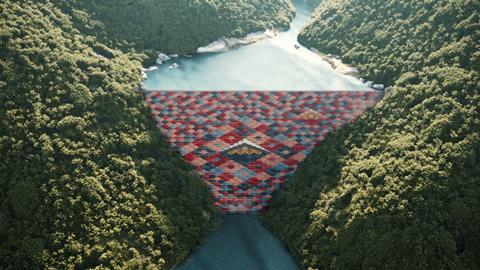
The bridges house key destinations including the new airport; a Vajrayana spiritual centre that allows glimpses into the daily practices of monks; a healthcare centre; a university; a hydroponic and aquaponic greenhouse; a cultural centre; and a market adorned with Bhutanese textiles.
Arguably the project’s most dramatic bridge is a hydroelectric dam with a step-well retaining wall that offers viewpoints, staircases for meditative walks, and a temple nested on the face of the dam’s manmade cliff.
BIG founder Bjarke Ingels said the masterplan gave form to King Jigme Khesar Namgyel Wangchuck’s vision to create a city that would be a cradle for growth and innovation at the same time as remaining founded on Bhutanese nature and culture.
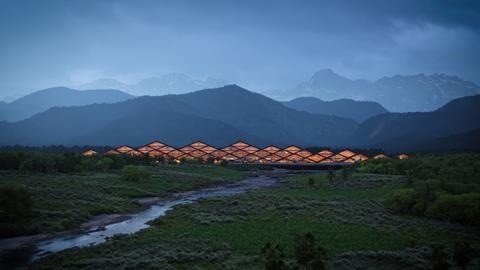
“We imagine the Mindfulness City as a place that could be nowhere else,” he said. “Where nature is enhanced, agriculture is integrated, and tradition is living and breathing, not only preserved but also evolved. Shaped by waterways, Gelephu becomes a land of bridges, connecting nature and people, past and future, local and global.”
Ingels said that like Bhutan’s traditional dzong forts, the masterplan’s “inhabitable bridges” would turn into cultural landmarks, doubling as transportation infrastructure combined with civic facilities.
“The Sankosh Temple-Dam embeds the city’s fundamental values into a cascading landscape of steps and landings, that like a 21st century Tigers Nest will be a manmade monument to the divine possibility of a sustainable human presence on earth,” he said.
BIG is collaborating with Arup and consultant Cistri on the proposals.










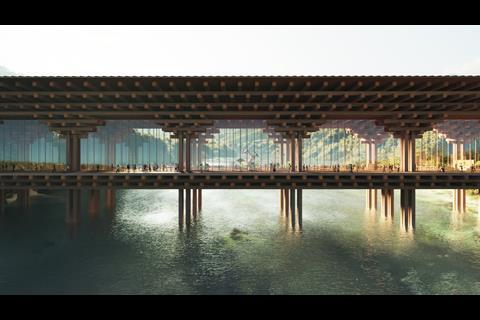

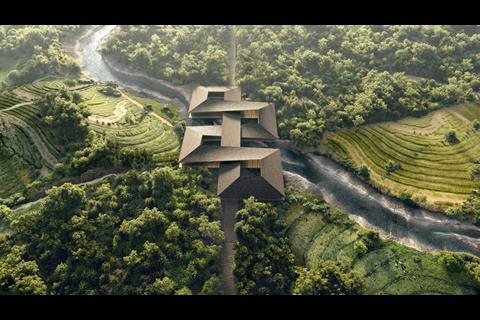
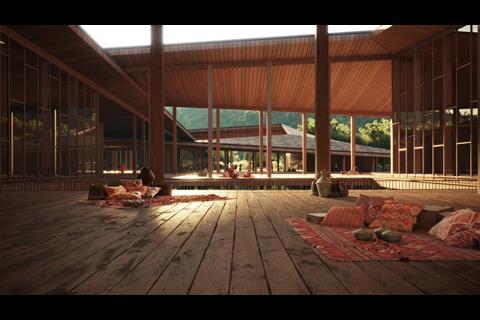

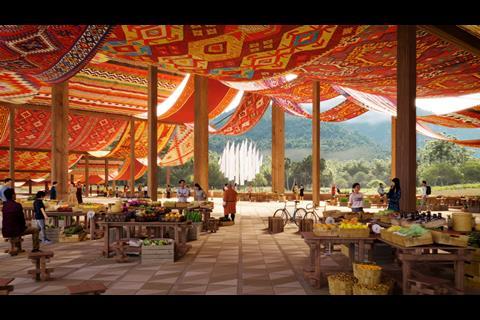
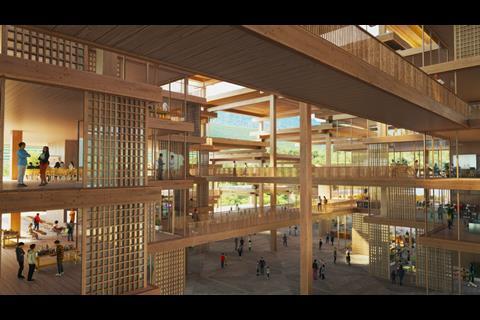




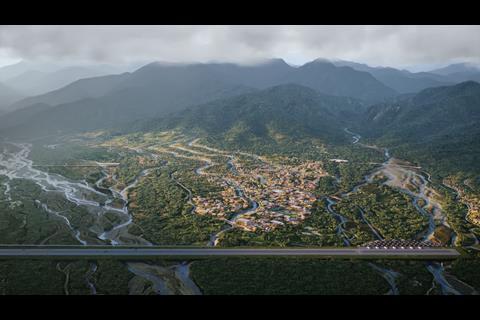
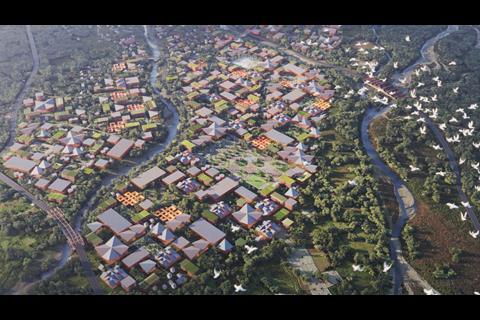
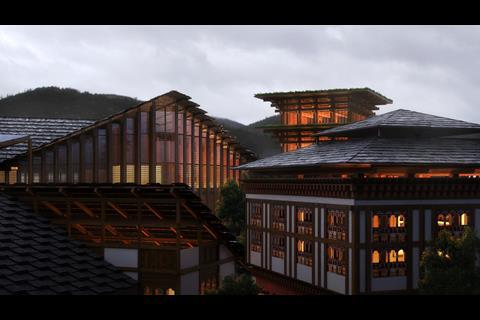
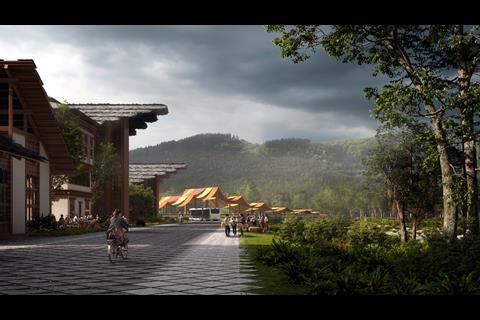

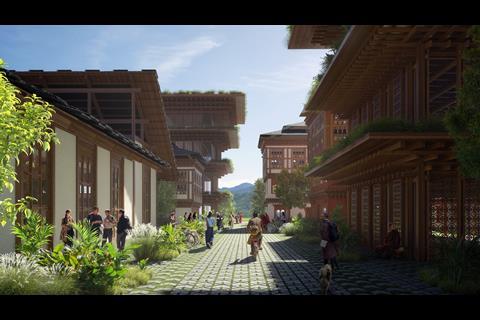








No comments yet